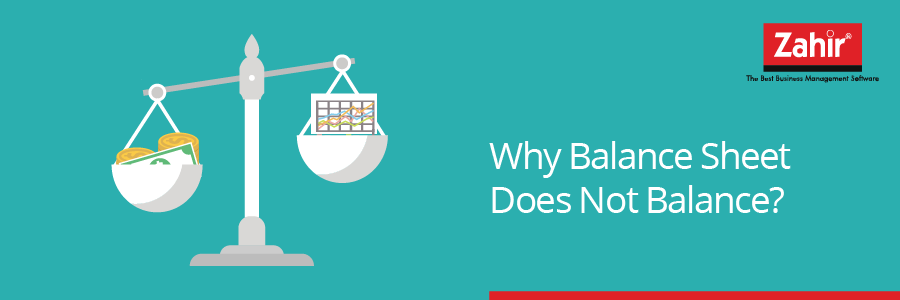The balance sheet is one of the crucial reports in business. The total of assets, liabilities, and equity should balance to zero. On the balance sheet, assets consist of the value the company has. Liabilities means the company owes, such as taxes, payable, debts, and salaries. While equity displays the retained earning and capital contributed by stakeholder.
If your balance sheet report does not equal to zero, there must be an error in the ledger transaction. Some common errors cause Unbalanced balance sheet:
- Paid in capital. Is defined as the capital contribution from investors through buying stock from the corporation. To balance the balance sheet, the asset has to equal your liabilities and owner’s equity. Paid capital is stated in owner’s equity account. Paid in capital in the small business is considered the amount of money which is personally invested in the business.
- Mistakes in loan amortization. Generally, the mistake occurred by reducing the loan balance on the balance sheet by monthly payment amount.
- Inventory changing. It will be easier to determine the inventory through physical count. However preparing the financial projection will need project future inventory which will influence monthly balance sheets. A change in inventory will influence cash flow statement.
- Retained earning. It is the total of business net income or net loss. The most problem occurred, small business has not sufficient data to calculate retained earning. Retained earning is only made in order to balance the balance sheets.
The business owner needs to understand which part should be reviewed to find the error and correct it. The must four check parts to find the error and correct it are:
- Balance sheet account.
This account is not directly influenced the income and expenses. Asset account covers Prepaid contract, cash, and accounts receivable are categorized in asset balance sheet categories. Liability account such as payable and equity account are stated in the liability balance sheet category. Understanding the right classification and determine the right account on the balance sheet is necessary to produce accurate trial balance. - Trial balance.
Review the account balance in the trial balance report. If you find an incorrect account, mark it to review the activity in the account. - Ledger Activity.
Finding unbalanced balance sheet can be done by reviewing the ledger activity. Check each of the ledger accounts which looks suspicious, review the transaction list, and check the incorrect transaction that perhaps posted to a balance sheet account. Re- categorize incorrect transactions with a general journal entry to correct the balance. - Journal entries.
Review each of the suspicious journal entry posted in the account and verify the amount listed are correct. Check the paperwork to confirm that the entry was posted correctly in the right period. Double posting of journal entries unintentionally may cause unbalanced account. - Calculating equity.
The equity category equals to the difference between assets and liabilities. If a business possesses more assets than liabilities, then it has equity. The increased asset along with the increased equity. The unbalanced balance sheet is caused by the equity calculation that does not result in the difference between asset and liabilities.




